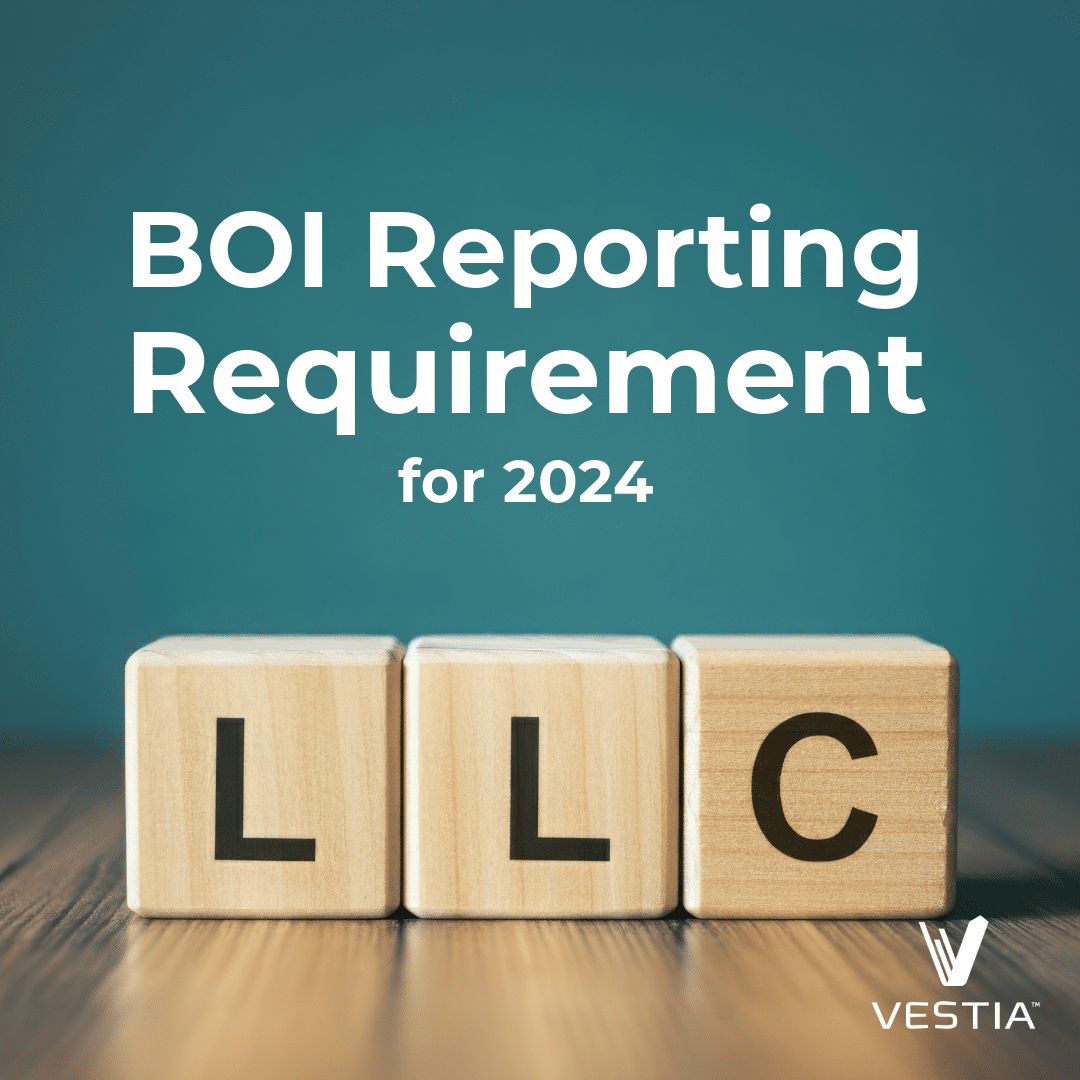No matter where you are in your career, cash flow planning can be an overwhelming process—especially if you’re trying to take it on alone.
New doctors will quickly figure out that cash flow planning is much more than budgeting. It incorporates everything from your taxes, household expenses, insurance, debt, and your short and long-term goals.
The discussion below describes what we believe are important steps and may not be appropriate for all clients. To give you a better idea, let’s go through the steps we take our Vestia clients through when they’re ready to start the cash flow planning process.
Start With The Big 2: Salary and Taxes
As a topline, you have to account for your salary. Once you have your salary together, you’ll need to get your taxes in order. Taxes are a vital area for young doctors just getting started, especially for married, dual-income households.
Tip: We almost always recommend that clients fill out their W-4s as single with no dependents—even if you are married with kids. Why? Often, you don’t have enough withheld if you claim married, so you’ll owe more come April.
More often than not, you’ll end up paying more in taxes as a new to practice doctor than you’ve been making as residents or fellows. It’s a difficult transition, which is why you should partner with a financial advisor. We’ve built our practice on serving doctors, which means that we can help you make the transition as seamless as possible throughout each phase of your career.
Pay Yourself First So You Can Save Better
Before you go any further in the cash flow planning process, you have to pay yourself. Establishing regular payments will allow you to prioritize 401k and IRA contributions. As a general rule of thumb, we see the most success with our doctors when they max out their retirement plans as early as possible.
After retirement contributions, aim to save an additional 20% for other savings. That may sound like a lot upfront, but try to take things one step at a time.
First, focus on accumulating a 3-month cash reserve to ward against unforeseen circumstances—unexpected injury, illness, family emergency, etc. Then, when life gives you lemons (hello 2020), you’ll be happy you gave yourself a cash cushion.
After you’ve established an emergency fund, pay off high-interest debt such as credit cards or personal loans. By getting these payments done early, you’ll save yourself—and your wallet—a lot of heartache later on. Plus, you’ll be able to redirect funds to support your goals.
Now is also the time to accomplish any short-term goals such as a house down payment, buying land, or buying into a medical practice.
That’s a lot to account for, but you don’t need to accomplish everything in one fell swoop. This process takes time, but it’s vital to start saving from day 1. Your first check is not a free for all—it’s one step closer to your dream life.
Account for Fixed Household Operational Expenses and Insurance
While taxes take up their fair share of your monthly check, household expenses and insurance tend to lay claim to another good portion of your income.
What types of insurance can new doctors consider?
- Life insurance—protect future lifetime earnings.
- Disability insurance—protect current earnings.
- Medical insurance—protect your and your family’s health.
Along with monthly insurance premiums, your cash flow plan should account for the cost of housing:
- Mortgage,
- Utilities,
- Internet,
- Home, Auto, and Umbrella insurance,
- Child care,
- And car payments, to name a few.
Think about it like this: a full-time Nanny can cost upwards of $30,000, and childcare can be anywhere from $600-$900 per month depending on where you live, how many kids you have, their respective ages, tasks, and duties, among other elements.
The bottom line is that your household needs can be expensive, and planning for them will help you stay on track and in control of your money.
Don’t Forget about Student Loans.
Many physicians graduate with a substantial amount of debt, so you can reasonably assume that student loans will play a role in your cash flow plan.
One avenue for physicians to decrease their loan balance is to work toward Public Service Loan Forgiveness (PSLF). It’s a common loan forgiveness vehicle that allows you to refinance at a low rate. Generally, PSLF benefits doctors that start making payments early in their residencies.
When it comes to debt, it’s easy to put the blinders on and become hyper-focused on resolving it. But this is the time to focus on your goals.
If you want to retire by 45, prioritize your retirement accounts and long-term investing. However, if quickly paying off debt is most important to you, then you’ll likely have to give somewhere else along the way. There are only so many dollars that you can move around, so it’s all about how you weigh them and what’s most valuable to you.
What About The Leftovers?
At this point in the cash flow process, you’ve already paid yourself, covered fixed expenses, insurance, and debt repayment.
What’s remaining is what we call leftover spending. You can spend this extra money on anything from gas, groceries, gifts, charitable giving, and more. Again, this area is entirely customizable to what’s important to you and your family.
Planning with Vestia
Every physician’s budget and cash flow plan will look different. Doctors have various goals and values that significantly impact their cash flow plans, but the process is still the same—allocating your money in ways that help you live your ideal life with freedom, passion, and purpose.
Our team at Vestia can take you through our specialized cash flow process and get you on track to a secure financial future. Contact us today.
Disclaimer:
Investment advisory services offered through Vestia Personal Wealth Advisors, Vestia Retirement Plan Consultants, and Vestia Advisors, LLC. Securities offered through Ausdal Financial Partners, Inc., 5187 Utica Ridge Rd, Davenport, IA. 52807 (563)326-2064. Member FINRA/SIPC. Vestia Personal Wealth Advisors, Vestia Retirement Plan Consultants, Vestia Advisors, LLC, and Ausdal Financial Partners, Inc. are independently owned and operated.
This material is intended for informational purposes only. It should not be construed as legal or tax advice and is not intended to replace the advice of a qualified attorney or tax advisor. This information is not an offer or a solicitation to buy or sell securities. The information contained may have been compiled from third-party sources and is believed to be reliable.


